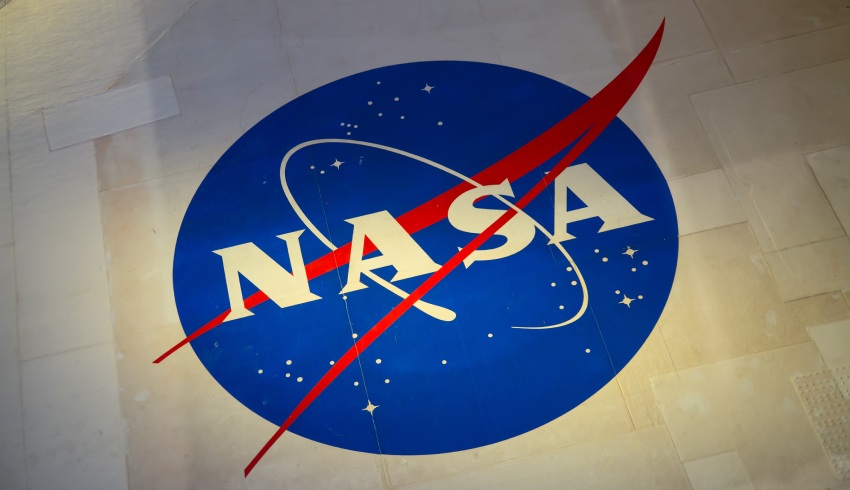NASA has confirmed that the organisation will be undertaking a new set of missions to monitor natural disasters and climate events, with satellites undertaking 3D imaging of the Earth via the new Earth System Observatory.
The Earth System Observatory will be supported by a collaboration between NASA and the Indian Space Research Organisation (IRSO) for the delivery of two separate radar capabilities to form the NISAR (NASA-ISRO synthetic aperture radar).
The 2017 Earth Science Decadal Survey created a foundation for the observatory’s capability requirements.
Senator Bill Nelson, NASA’s administrator outlined how important the new SAR capabilities are to mitigate the ongoing threat of climate change.
“I’ve seen first-hand the impact of hurricanes made more intense and destructive by climate change, like Maria and Irma. The Biden-Harris administration’s response to climate change matches the magnitude of the threat: a whole of government, all hands-on-deck approach to meet this moment,” Senator Nelson said.
“Over the past three decades, much of what we’ve learned about the Earth’s changing climate is built on NASA satellite observations and research. NASA’s new Earth System Observatory will expand that work, providing the world with an unprecedented understanding of our Earth’s climate system, arming us with next-generation data critical to mitigating climate change, and protecting our communities in the face of natural disasters.”
[Related: NASA awards $135m to US SMEs]

